The diagnosis of suspected patients in the United States has been shortened from 72 hours to 12-24 hours.
Editor’s note: This article comes from WeChat public account “ PingWest product play ” (ID: wepingwest), author Xing Yifan.
The diagnosis for suspected patients in the United States has been shortened from 72 hours to 12-24 hours.
Stanford researchers have begun using their own new coronavirus detection kit.
On March 5th, Stanford University Medical Center issued a paper stating that Stanford University’s clinical virology laboratory began to develop kits in late January, and the accuracy of the kits has now been verified and started at Stanford Health Care. ) And Stanford Children’s Health.
Stanford clinical virologist Dr. Benjamin Pinsky, who is responsible for developing the kit, said the new kit “successfully detects the new coronavirus without interacting with other types of coronavirus or influenza The virus cross-reacts. ”
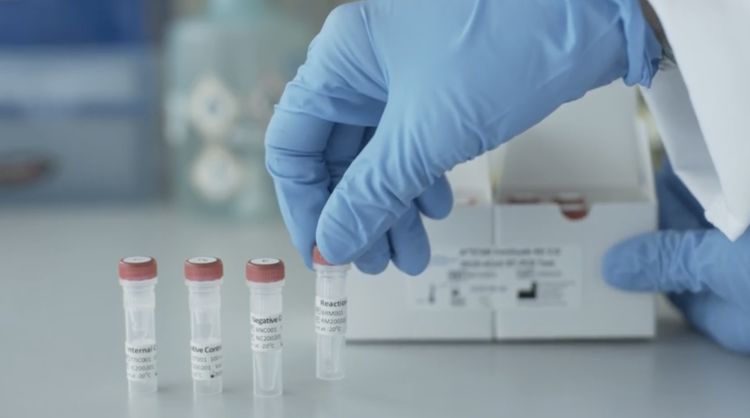
New kit put into use After that, the entire process from sample collection to test results can be completed within 12-24 hours, while the previous CDC test required nearly 72 hours of circulation time.
As of this Friday, New Coronavirus has caused 290 infections and 15 deaths in the United States. For the rapidly expanding New Corona Pneumonia epidemic in the United States, it is imperative to identify suspected patients as soon as possible and prevent further transmission. However, as of this week, the CDC is still the only institution in the United States that can detect virus samples.
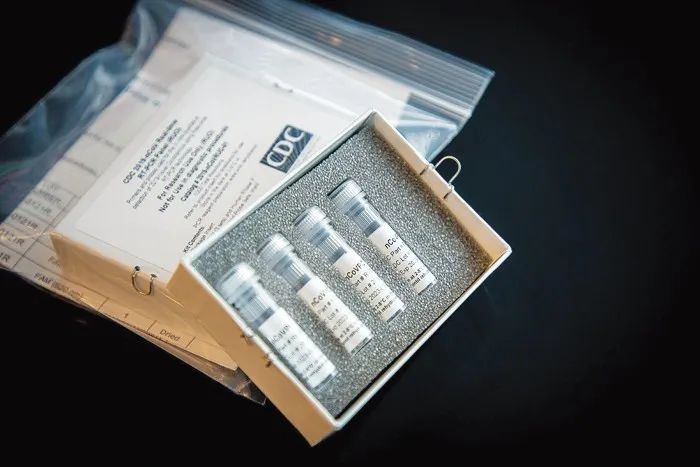
▲ CDC currently uses virus detection kits
Under increasing pressure from the epidemic, the United States has finally begun decentralizing virus detection authority.
On February 29, the US Food and Drug Administration (FDA) introduced a new policy that relaxed the conditions for virus testing in US laboratories, allowing laboratories to quickly enable their own Kit.
“Diagnostic capabilities are the key to the rapid detection of New Coronavirus in the United States and to control the development of the epidemic … The new policy is to make diagnosis as fast as possible,” the FDA explained.
After the gates were released, laboratories across the United States quickly began to share testing pressure. According to the American Association of Public Health Laboratories (APHL), 54 local and state laboratories have opened virus testing on Tuesday, and in addition to Stanford University, the University of California, San Francisco is about to start using its own kits.
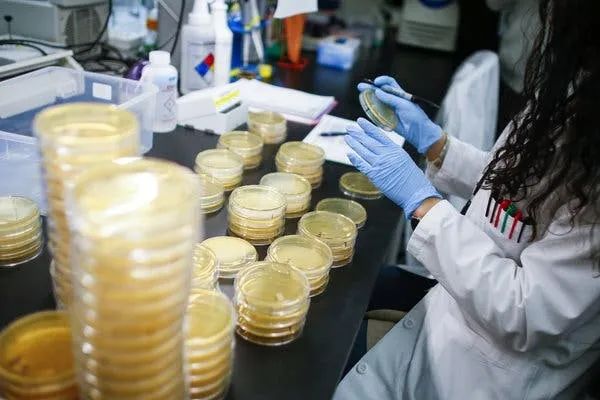
▲ Researchers are developing a new coronavirus detection kit, source: Kena Betancur
Similar to the currently used kits in China, the kit developed by Stanford also uses polymerase chain reaction (RT-PCR).
After the patient’s nasal cavity or mouth is scraped, the sample will be introduced into the reagent. The reagent contains a small piece of “primer” DNA. Once a new crown virus is found, it will firmly adhere to it and transcribe into a DNA chain that is complementary to the virus RNA, just like the “reflection” of the new crown virus.
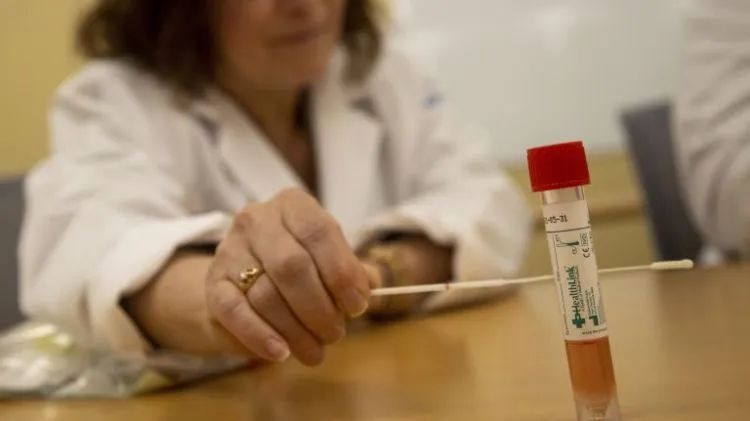
▲ Swab for scraping the nasal cavity Next, the DNA will generate billions of copies of DNA under the action of polymerase, even if only one new coronavirus is mixed into it, it will produce obvious” reflection “. 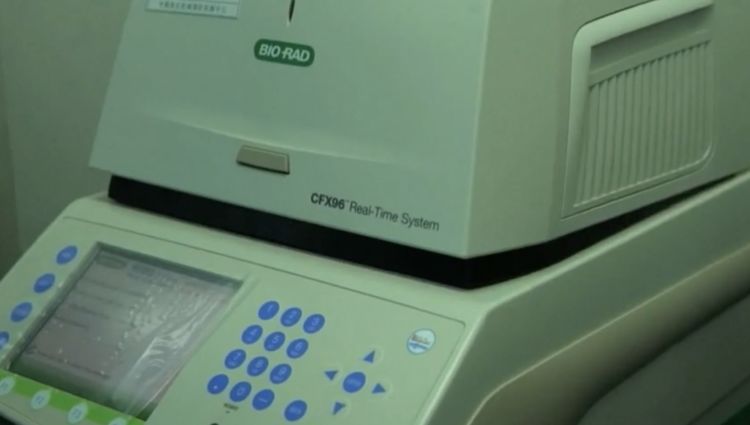
▲ In this machine, the transcript DNA of the new crown virus is making a crazy copy
In order to prevent confusion between the new crown virus and other similar viruses, when selecting “primers”, select the unique target genes of the new crown virus. When conducting the test, Stanford University chose to first screen for viral RNA encoding the envelope protein. This protein is found in the outer membrane of neocrown virus and plays an important role in the life cycle of the virus, including sprouting from infected host cells. After discovering the envelope protein gene, the Stanford test will add an additional RNA replicase test to get a positive result.
However, the Stanford test is the same as other existing coronavirus tests. It is not clear whether the virus can be detected before the symptoms appear, and how long it takes for the patient to be detected. Virus, Failed to completely avoid false negative test results.
But the FDA ’s initiative to unleash the potential of local laboratories and the participation of universities such as Stanford has at least solved the problem of excessive sample transfer times. Because of the rapid mutation speed and short retention time of the new crown virus samples, if it is delayed too long during the transportation process, it is likely that not many viruses will disappear on the road even if they are sent to the laboratory. Already. Taking CDC out of the process of detecting samples will greatly improve the accuracy and efficiency of the detection of New Coronavirus samples in the United States.